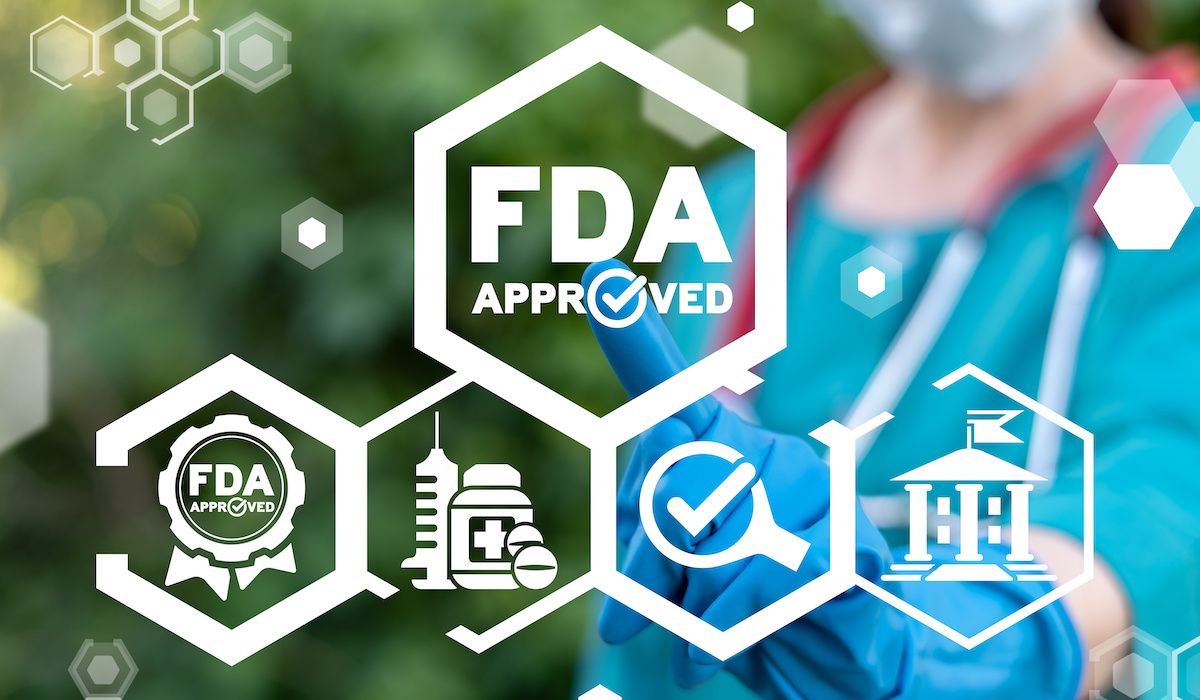Article
Narcolepsy Pipeline Features Optimistic New Strategies, Review Finds
Author(s):
Drug developers have made significant strides in understanding narcolepsy in recent years. Now, those advances are translating into a robust pipeline of potential new therapies.
The landscape of narcolepsy treatment is changing rapidly and will continue to evolve in the coming years if drugs currently in the research pipeline are eventually approved by regulators. Two new therapies were approved last year for the treatment of narcolepsy and excessive daytime sleepiness, and 4 more are in either phase 2 or 3 trials.
In a report published last month in CNS Drugs, Michael J. Thorpy, MD, ChB, director of the Sleep-Wake Medical Disorders Center at Montefiore Medical Center, examines the pipeline and its implications for patient care. In an interview with The American Journal of Managed Care®, Thorpy said that new scientific advances are making narcolepsy an attractive therapeutic area for drug developers.
“There’s better understanding about how widespread the problem of sleepiness is in society and also we now have a better understanding of the underlying pathophysiology of narcolepsy,” said Thorpy.
Sleepiness broadly speaking can be caused by a wide range of things, from circadian-rhythm issues like jet lag to chemical deficiencies.
In the case of narcolepsy, scientists have figured a lack of hypocretin. As a result, they’ve spent the past 2 decades attempting to find ways to compensate for that deficiency. Thorpy said that scientific work has coincided with increased public awareness of sleep-related conditions.
“There is heightened awareness from the public’s point of view about the importance of sleep,” said Thorpy. “And the thing is that the companies are targeting the most severe form of sleepiness that we’re aware of, and the most specific form, narcolepsy.”
Thorpy noted that while there have long been narcolepsy treatments available on the market, they aren’t sufficient to actually cure the disorder.
“It’s very hard to treat narcolepsy,” said Thorpy. “Even with optimal treatment, these patients are still impaired, so there’s still a need to go further.”
He also highlighted that existing treatments tend to have significant side effects, including the risk of abuse.
The 2 newly approved drugs are solriamfetol (sold as Sunosi) and pitolisant (marketed as Wakix).
Solriamfetol is a dopamine and norepinephrine reuptake inhibitor. Thorpy said it’s generated significant interest, in part because it can treat excessive daytime sleepiness in patients with obstructive sleep apnea syndrome, an increasingly common disorder. The drug is manufactured by Jazz Pharmaceuticals, which provided funding for the review article.
Pitolisant, meanwhile, uses a different type of strategy, synthesizing and increasing the release of the neurotransmitter histamine. Thorpy said the drug marks the first time a drug has been designed to manipulate histamine to impact sleep.
Other drugs in the pipeline aim to improve on already existing strategies. For instance, Avadel Pharmaceuticals’ FT218 is a long-acting sodium oxybate, which would replace the status-quo formulation, which requires patients to take the drug twice each night, once before bed and once in the middle of the night. Jazz Pharmaceuticals, meanwhile, is working on JZP-258, which is a lower-sodium version of sodium oxybate. Both FT218 and JZP-258 are in phase 3 of development.
Thorpy also profiles a pair of phase 2 therapies. Axsome Therapeutics is developing the norepinephrine reuptake inhibitor AXS-12 (reboxetine) for the treatment of narcolepsy. The drug has long been used successfully to treat depression, but preliminary data suggest it can reduce daytime sleepiness and cataplexy in patients with narcolepsy. The other phase 2 candidate, Theranexus’ THN102, is a combination of the narcolepsy drug modafinil and flecainide, an astroglial connexin inhibitor.
Reference
Thorpy MJ. Recently approved and upcoming treatments for narcolepsy [published online January 17, 2020]. CNS Drugs. doi: 10.1007/s40263-019-00689-1.





